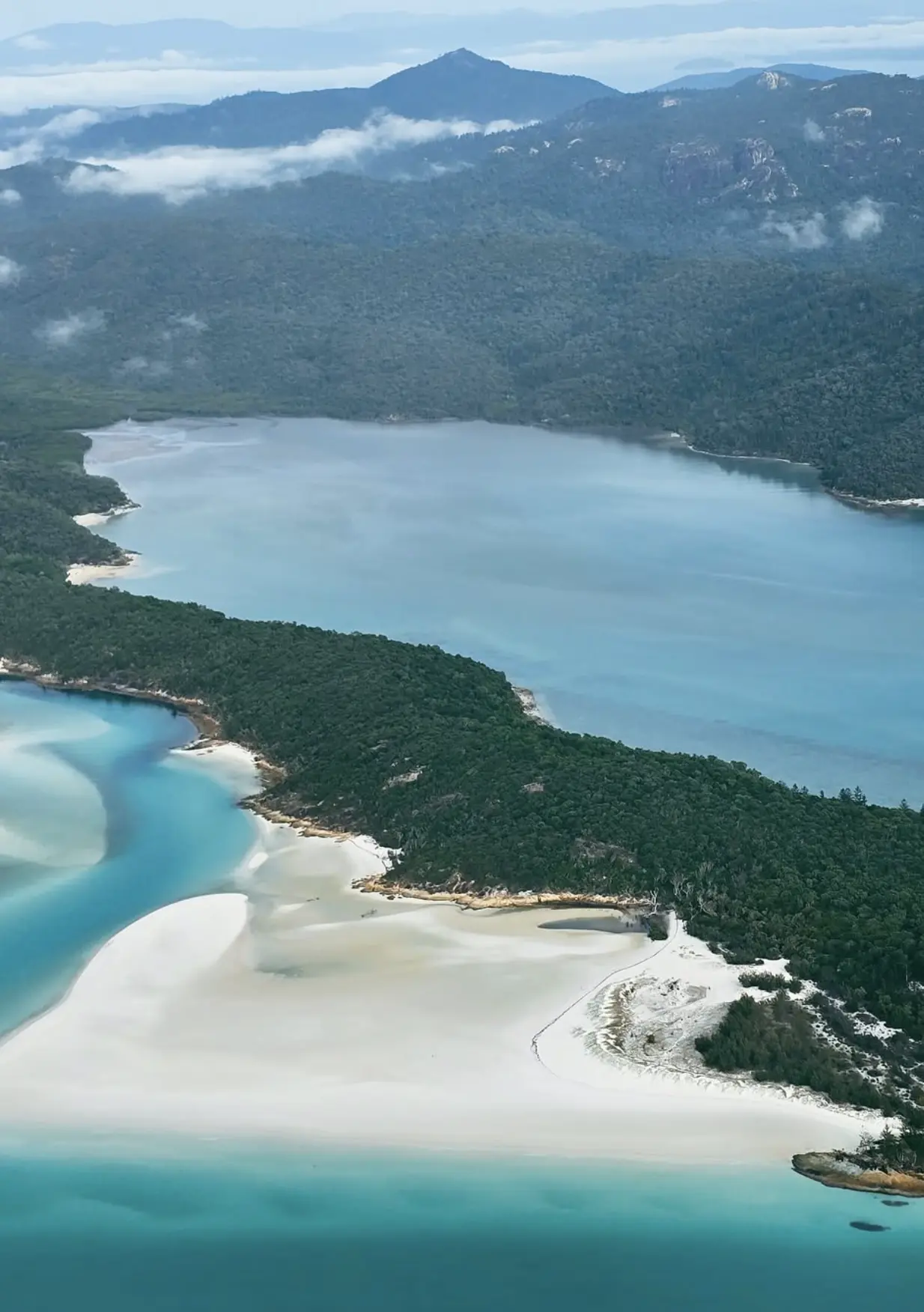Incredible facts about the Great Barrier Reef start with this whopper: it’s the largest living structure on Earth, and yes, you can swim right through it. Whether you’re peering down from a reef pontoon or diving alongside a turtle, you’re inside a living, breathing ecosystem that stretches further than the eye can see.
This blog’s not some polished brochure fluff. We’re diving deep (pun intended) into the stats, science, and stories that make the Great Barrier Reef so jaw-droppingly fascinating. And if you’ve ever wondered how many fish call it home, how it’s tied to ancient Aboriginal culture, or why climate change is giving it grief, you’re in the right spot.
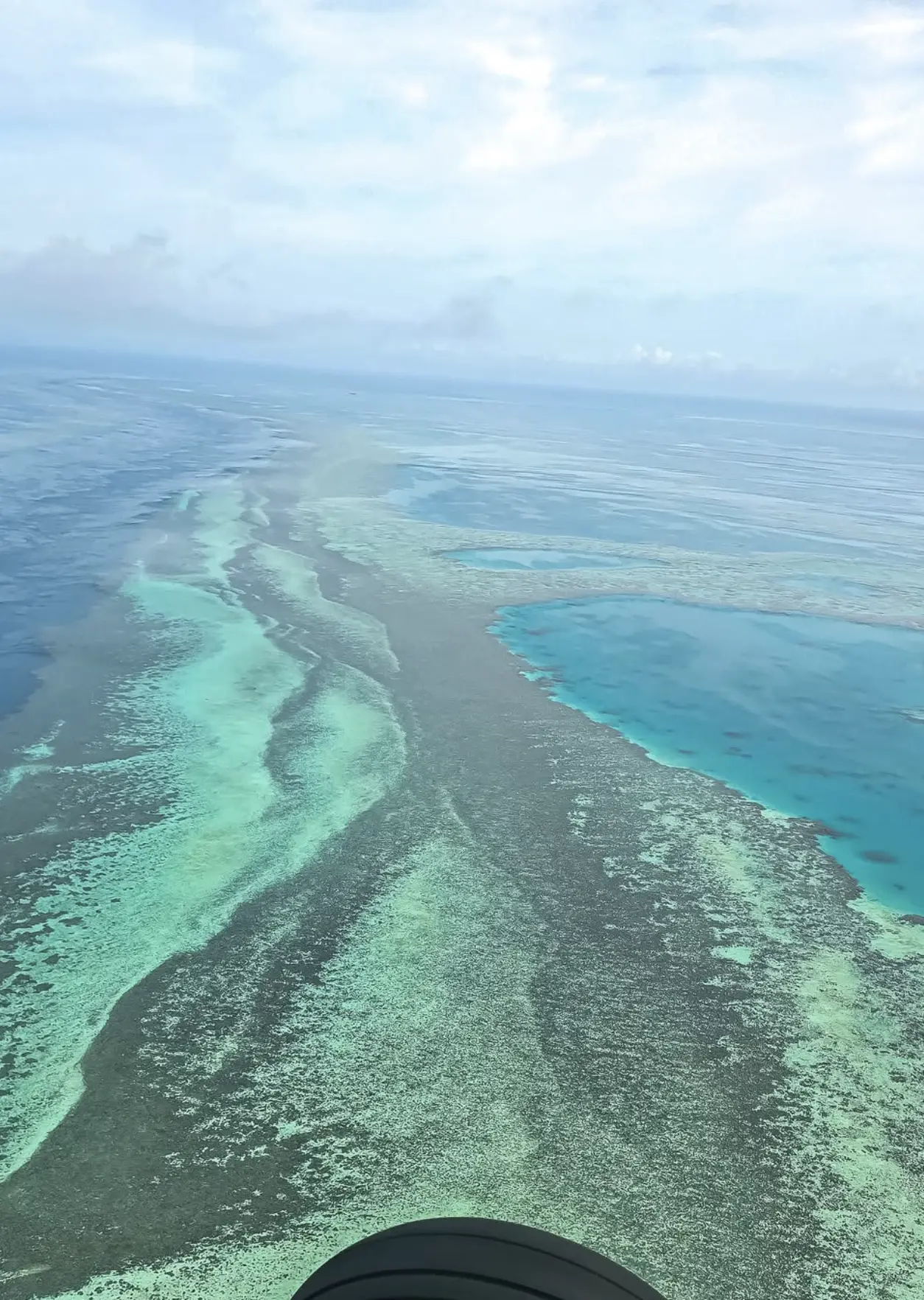
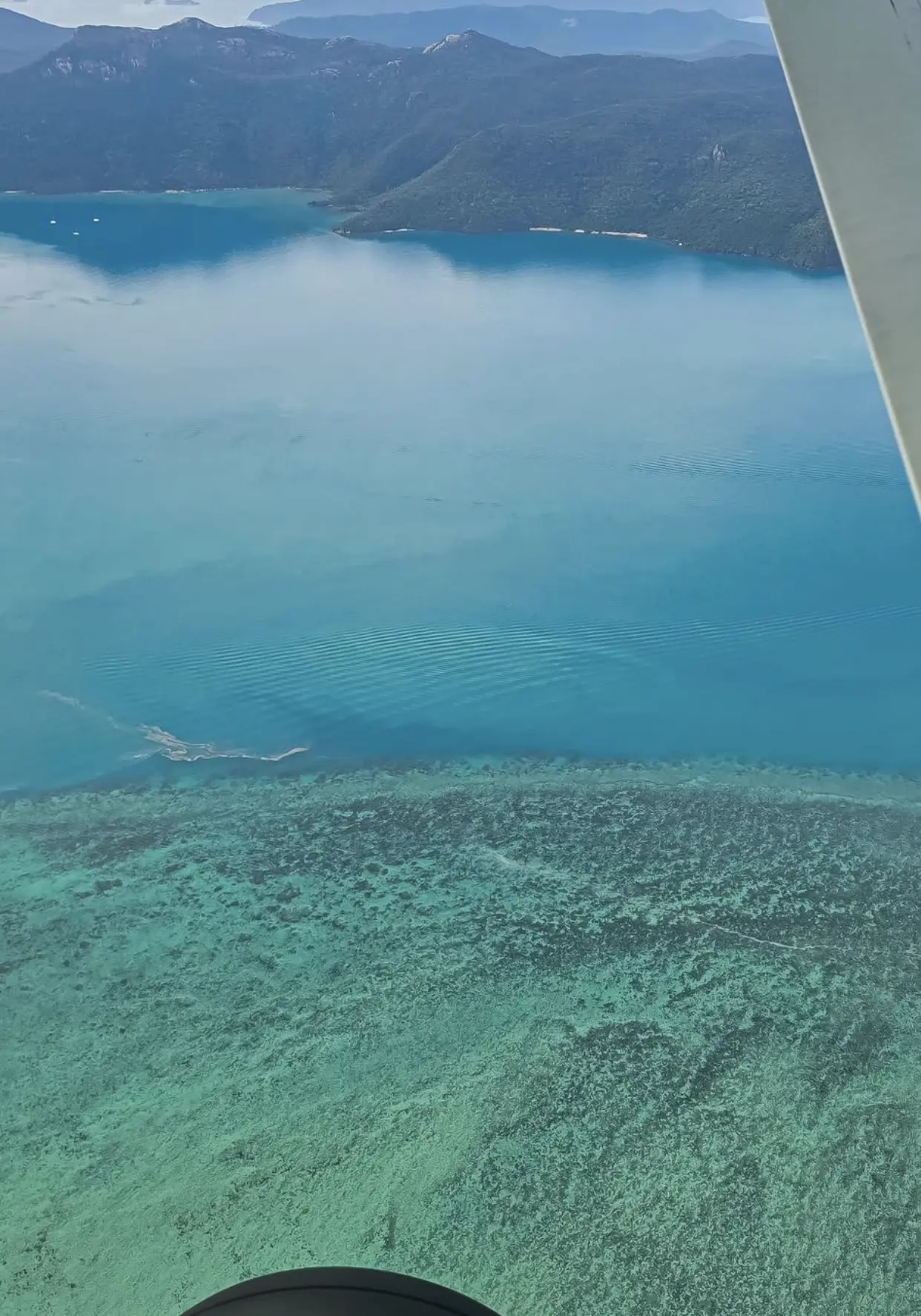
It’s So Old, It Outlived the Dinosaurs
This reef isn’t some young upstart — it’s been around for roughly 500 million years. That means when T. rex was stomping around inland, the Reef was already doing its thing, building layers of calcium carbonate and letting sea critters move in. The structure we see today — comprising over 2,900 individual reefs and 900 islands — has been evolving for at least 6,000 to 8,000 years since the last Ice Age.
And it’s not just coral. This watery world has witnessed every geological upheaval and sea-level rise you can imagine. It’s a proper time capsule — except it’s alive, still growing, and still playing host to some of the strangest creatures on Earth.
The World’s Weirdest Creatures
Some aspects here make you wonder what Mother Nature was thinking. The Great Barrier Reef is home to nearly 5,000 marine species — that’s fish, mammals, turtles, sharks, and a few oddballs that defy easy classification.
Some local legends include:
- Parrotfish that sleep in mucus bubbles (gross but effective)
- Sea cucumbers that breathe through their bums (not a joke)
- Nudibranchs — rainbow-coloured sea slugs that look like psychedelic confetti
- Dwarf minke whales — only found in Tropical North Queensland, and keen on swimming near snorkellers
Then you’ve got green sea turtles, reef sharks, and clownfish darting in and out of anemones like it’s peak hour in Sydney.
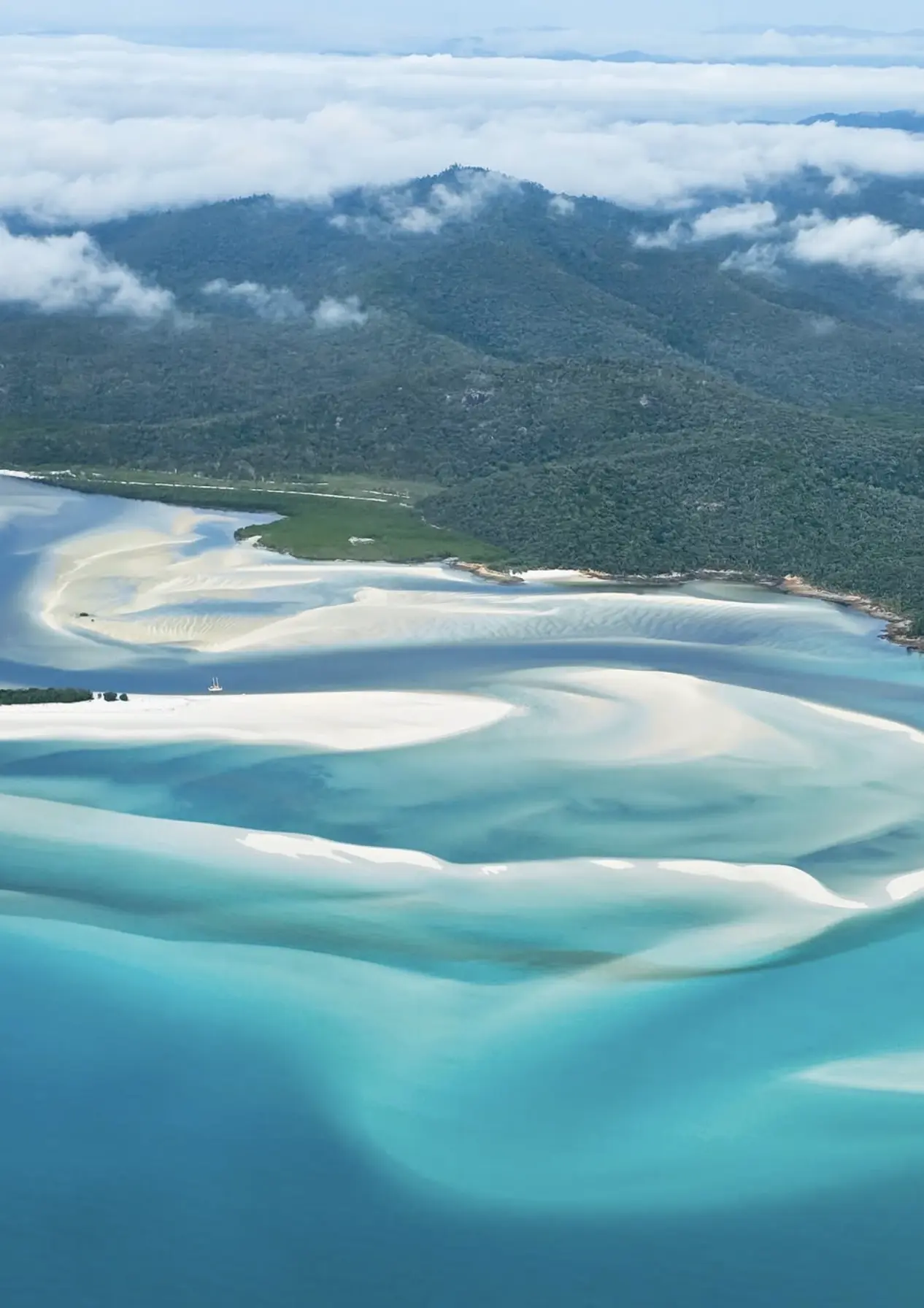
The World’s Weirdest Creatures
Some aspects here make you wonder what Mother Nature was thinking. The Great Barrier Reef is home to nearly 5,000 marine species — that’s fish, mammals, turtles, sharks, and a few oddballs that defy easy classification.
Some local legends include:
- Parrotfish that sleep in mucus bubbles (gross but effective)
- Sea cucumbers that breathe through their bums (not a joke)
- Nudibranchs — rainbow-coloured sea slugs that look like psychedelic confetti
- Dwarf minke whales — only found in Tropical North Queensland, and keen on swimming near snorkellers
Then you’ve got green sea turtles, reef sharks, and clownfish darting in and out of anemones like it’s peak hour in Sydney.
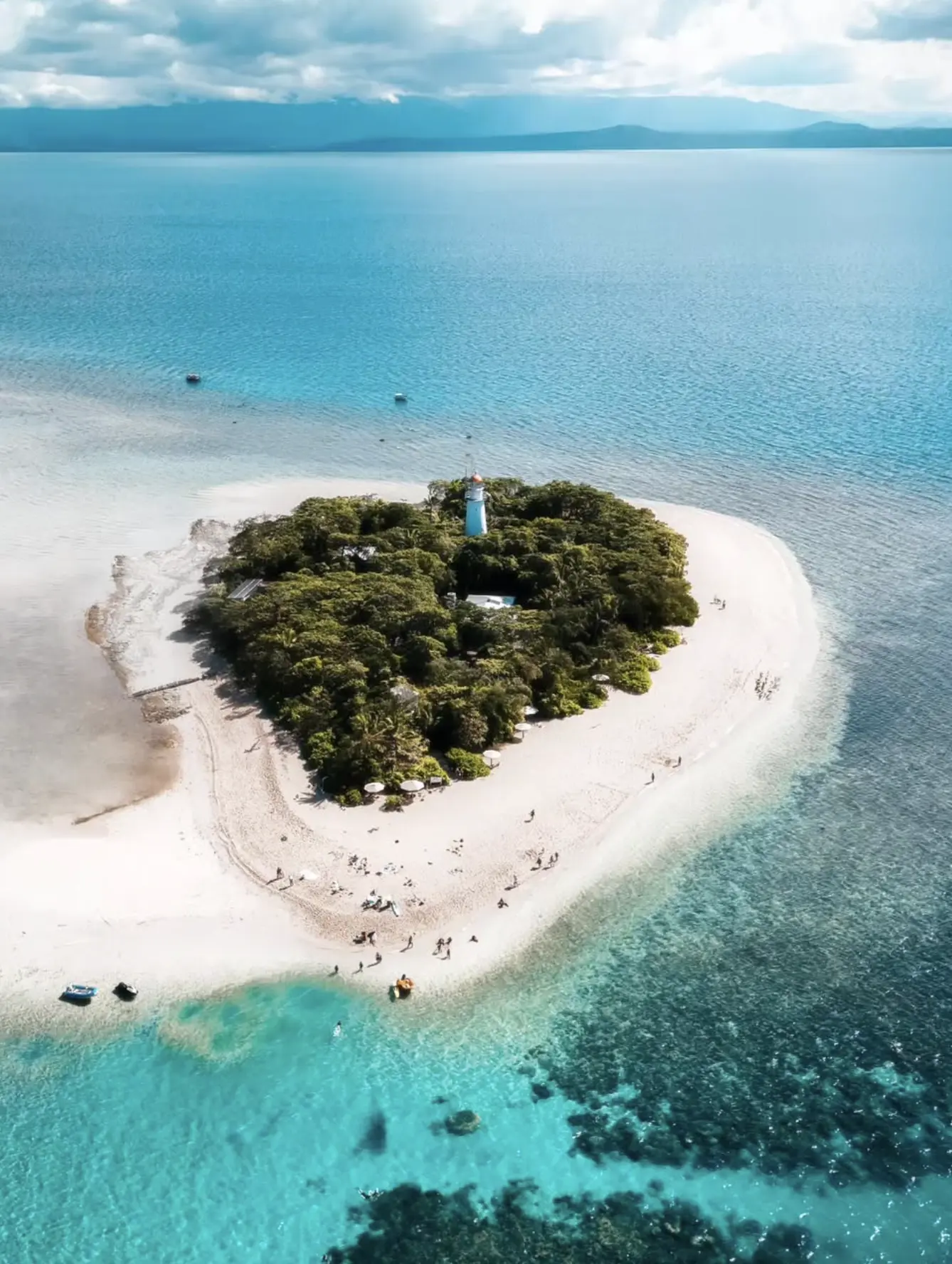
The Reef Has Its Own Weather
Here’s something most visitors don’t realise: the reef doesn’t just respond to weather, it makes its own.
The sheer size of the Great Barrier Reef affects wind patterns, cloud formation, and even rainfall. Coral reef systems cool the ocean’s surface, which impacts evaporation and cloud cover. Some scientists reckon it helps regulate tropical storms and minimise cyclone strength.
That’s not just handy for marine life — it’s a critical part of climate balance in the Southern Hemisphere. The Reef’s weather wizardry is one more reason to keep it alive and kicking.
Whale Season Hits the Reef
Picture this: you’re floating over coral bommies, when a humpback whale glides past, calf in tow. Or maybe it’s a rare dwarf minke whale — playful and curious. The Great Barrier Reef doubles as a superhighway for migrating whales, especially from June to November.
They travel thousands of kilometres from Antarctica to breed and give birth in warmer Queensland waters. If you’re up north around Port Douglas, Ribbon Reefs, or Heron Island, keep an eye out. The Reef’s gentle slopes and warm lagoons make it perfect whale nursery territory.
And no, you don’t need scuba tanks — many of these encounters happen during snorkelling tours.
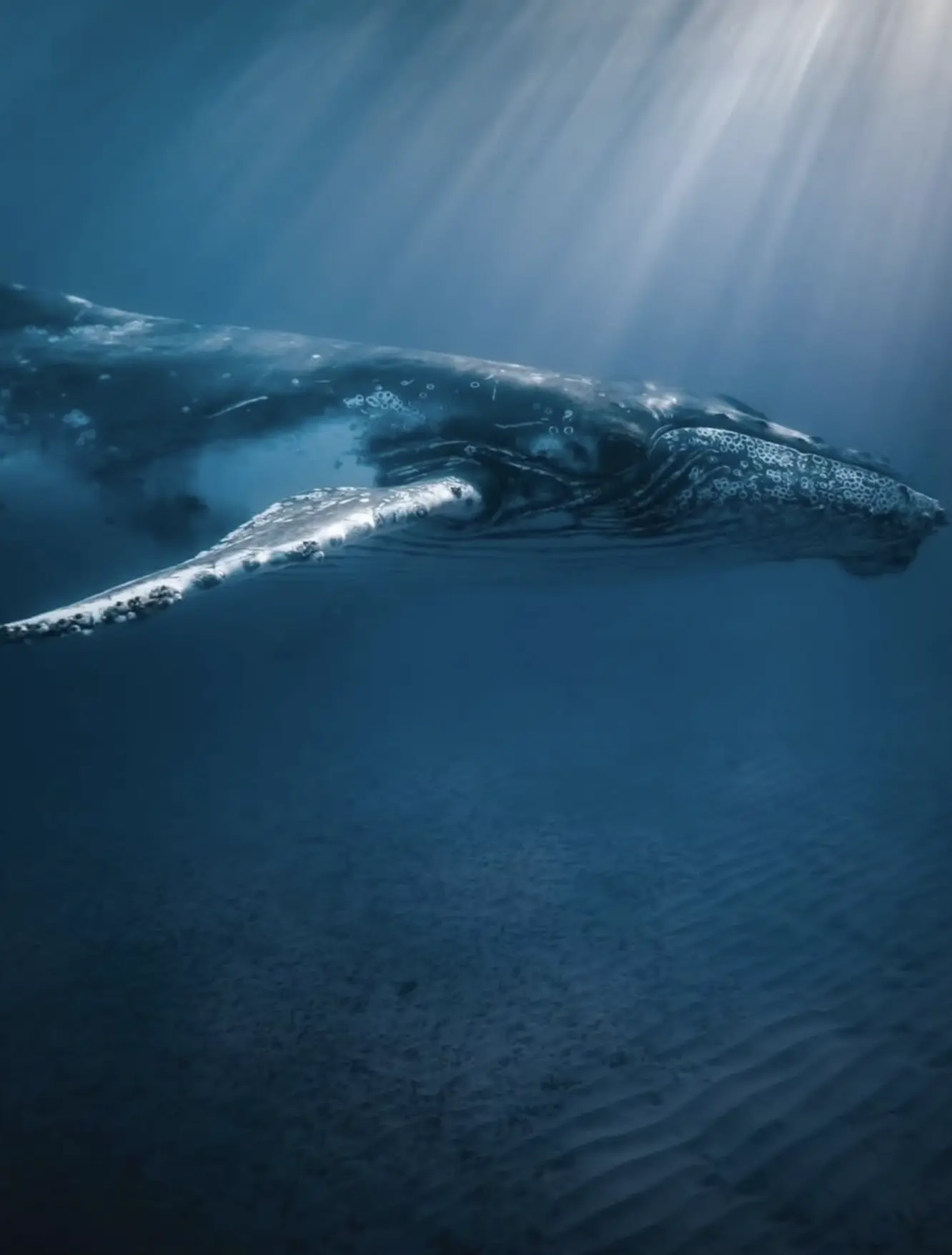
Bleached, Not Broken
Let’s bust a big myth: coral bleaching isn’t the end, but it is a warning. When water temps rise, corals spit out their colourful algae mates (zooxanthellae), turning bone white. It’s stress, not death. If the water cools soon enough, many bounce back.
Still, it’s no small deal. According to 2025 Reef Authority data, over 90% of surveyed reefs experienced some level of bleaching in the past decade. Of those, about 50% showed signs of recovery with cooler seasons and cyclone-induced water movement.
So while bleaching events make headlines, the full picture is more nuanced. Reef resilience depends on how we treat it — and how fast we act on climate change.
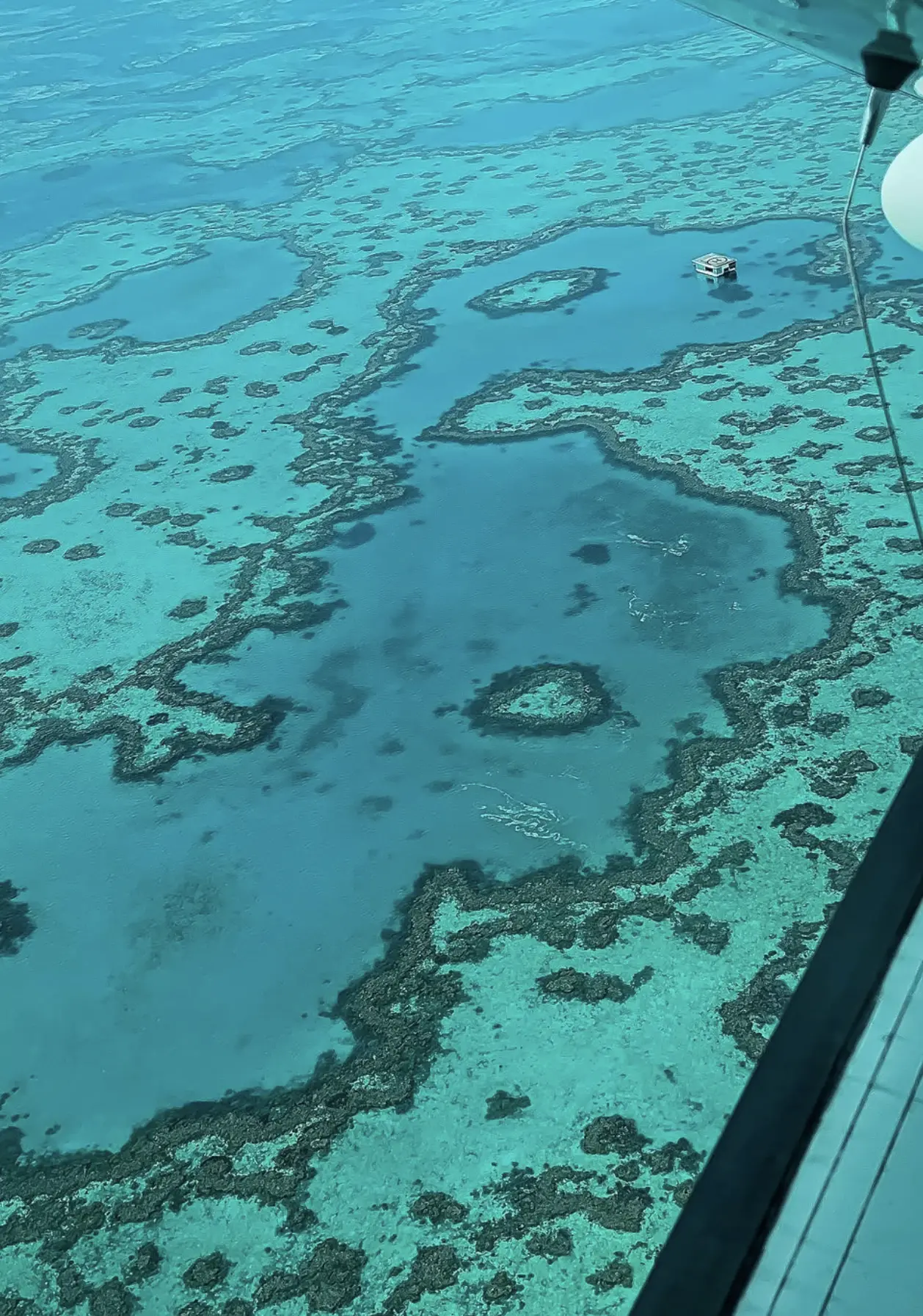
Visible From Space — No Joke
Astronauts can spot the Great Barrier Reef from low Earth orbit. Not just because it’s big — though it’s bigger than Italy or Japan — but because of its unique colouration. The contrast of turquoise shallows, deep blue channels, and bright coral patches makes it stand out like a luminous patchwork quilt.
So next time you’re paddling around Agincourt Reef or the Whitsundays, remember: someone in a space station might just be looking down on the same fish you’re watching.
First Guardians: 60,000 Years of Care
Before it was a Marine Park, before Captain Cook clunked into it, the Reef was (and still is) Country for dozens of First Nations communities. From the Yirrganydji people near Cairns to the Wulgurukaba, Meriam, and Torres Strait Islander custodians further north, the Reef is alive with cultural stories and traditional knowledge.
In 2022, the Australian Government formally returned ownership of large sections of the Reef to Traditional Owners through joint management agreements. That includes roles in research, reef tourism, and cultural protection.
When you visit, choose reef tours that honour Traditional Owner guidance and support Indigenous-led reef stewardship programs. It’s not just respectful — it’s better tourism.
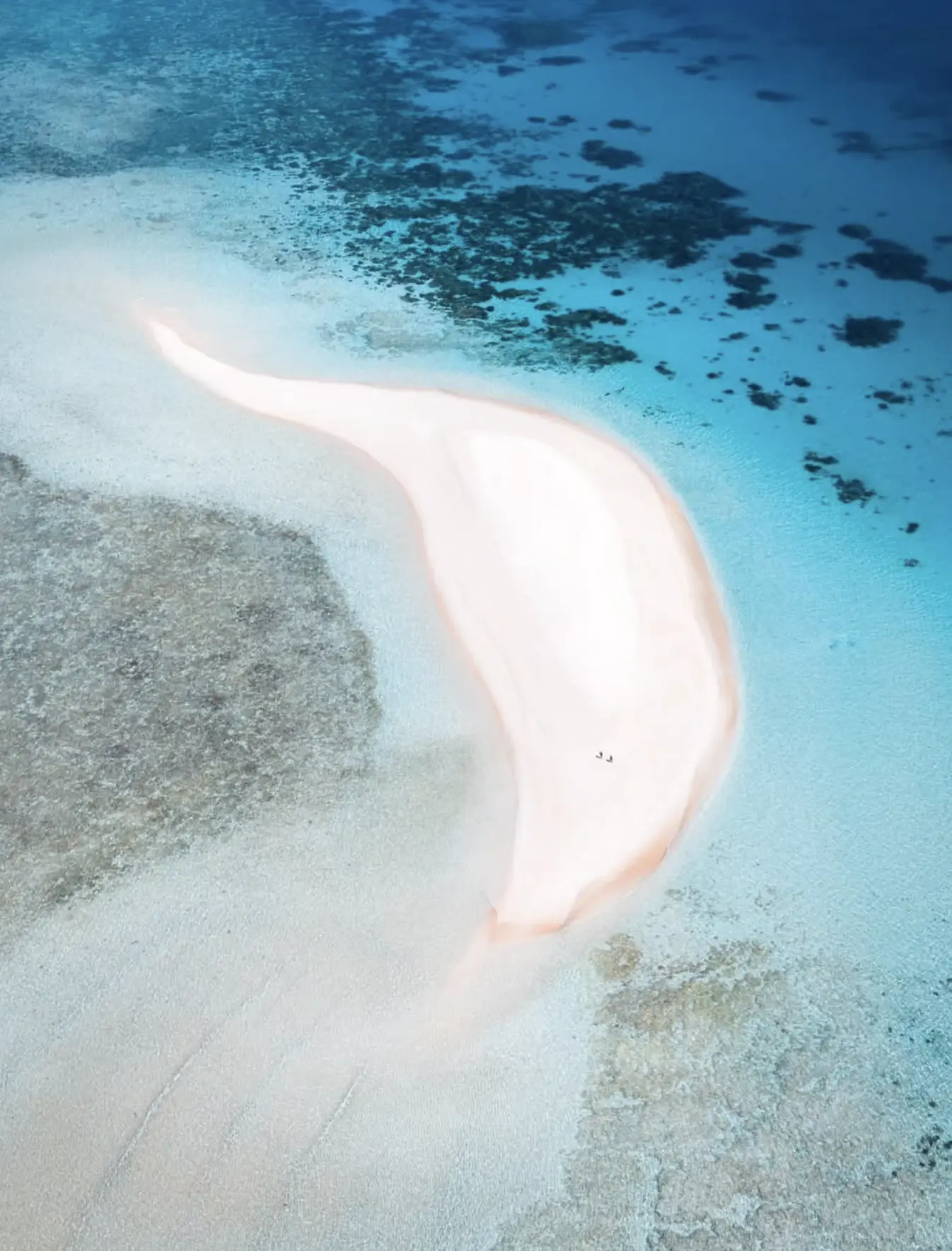
The Reef’s Tougher Than You Think
Let’s not sugar-coat it. Since the mid-1980s, the Reef has lost about 50% of its coral cover, mostly due to:
- Coral bleaching
- Crown-of-thorns starfish outbreaks
- Cyclones
- Pollution and sediment runoff
But here’s the kicker — the remaining coral is still reproducing, building, and defending itself. During springtime full moons, coral colonies across the Reef spawn in synchrony, releasing eggs and sperm in a once-a-year underwater snowstorm. It’s nature’s wildest Tinder night, and it gives the Reef a fighting chance.
Corals Are Animals
This one trips up heaps of travellers: corals are animals, not rocks or sea plants. Each coral is made up of tiny polyps, which are basically soft-bodied critters with tentacles. They build skeletons of calcium carbonate and work together to form massive reef structures.
And they’re picky buggers — water temperature, salinity, clarity, and depth all need to be just right. That’s why even minor changes (like fertiliser runoff or a couple of degrees in water temp) can cause big dramas.
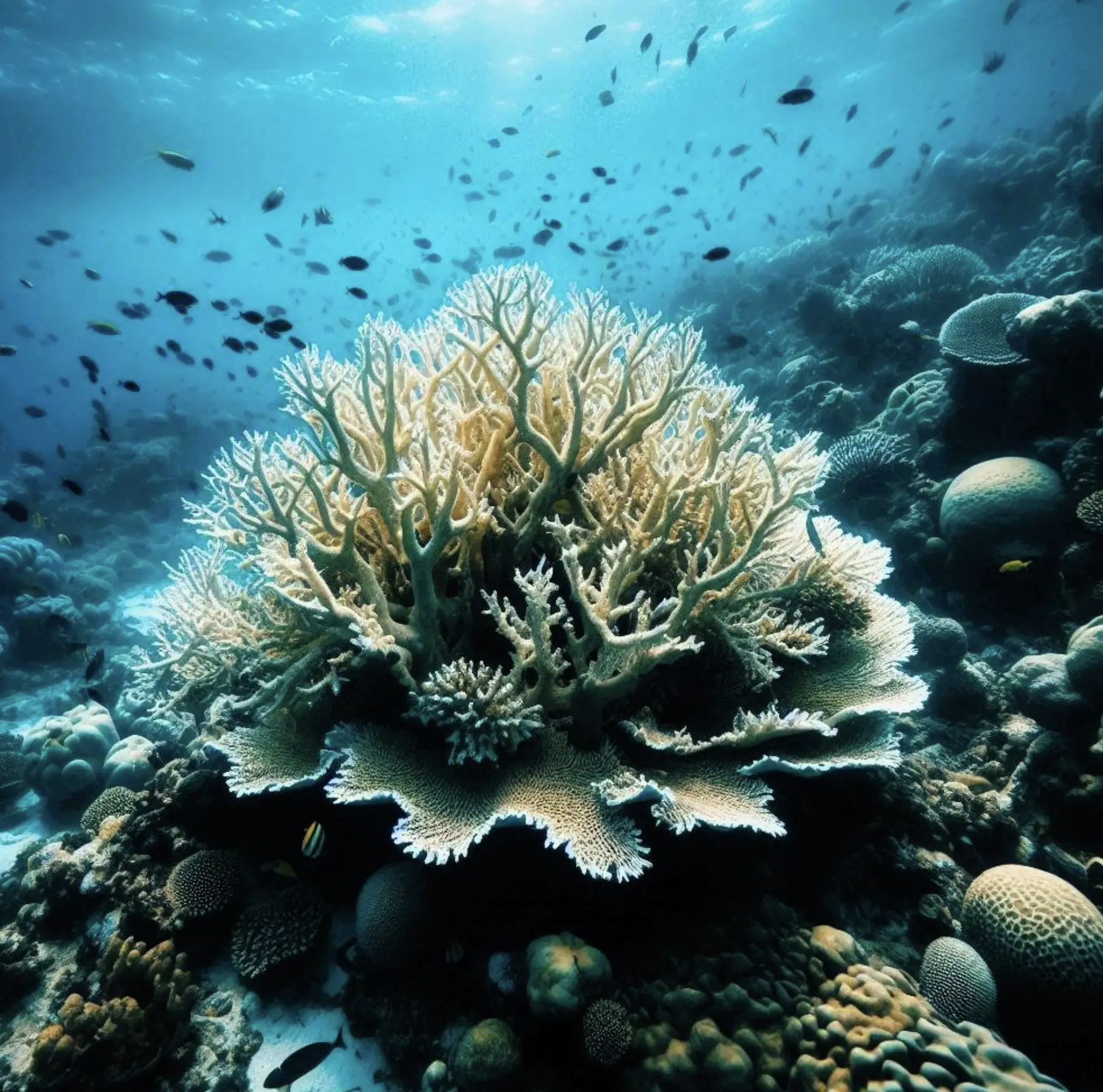
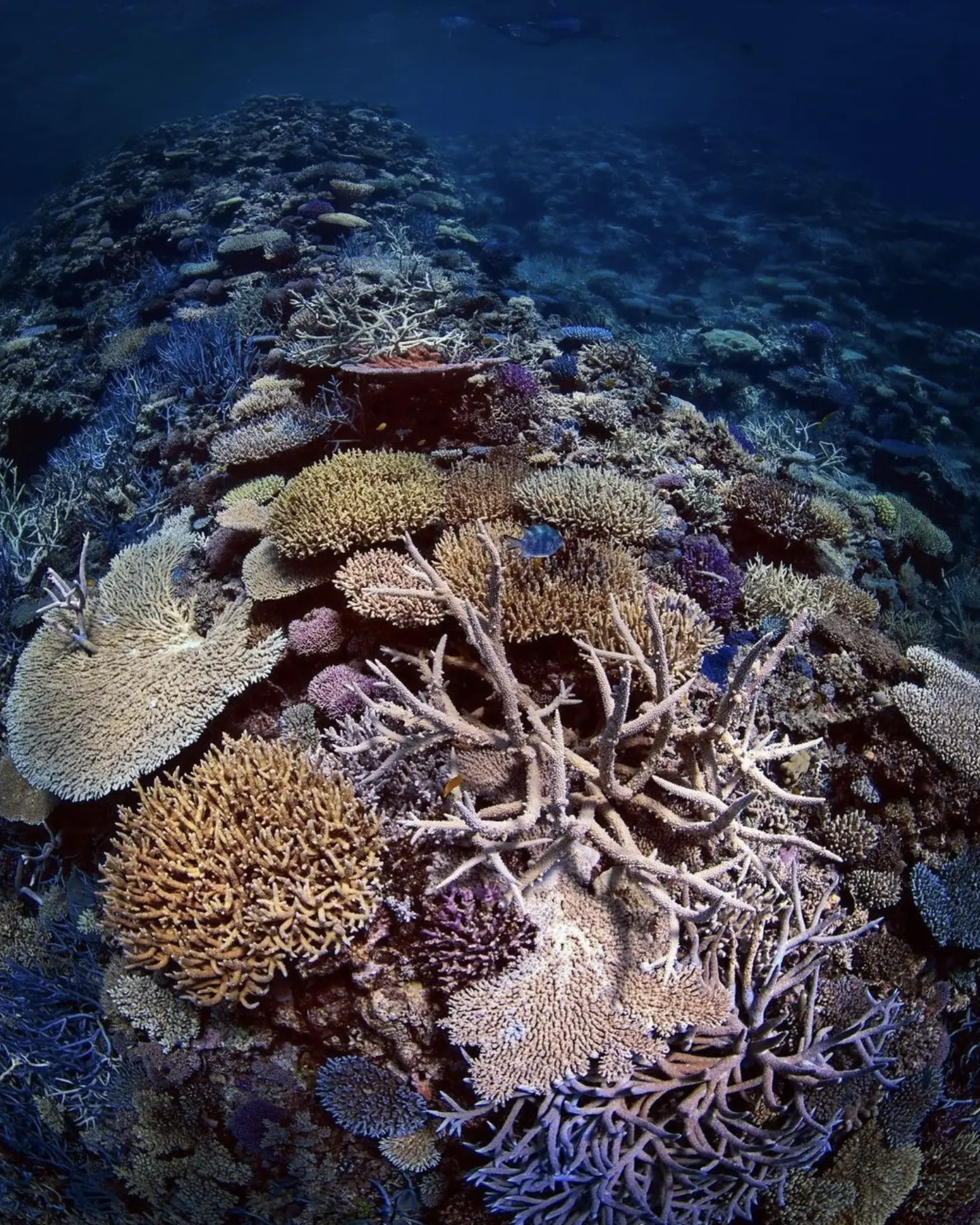
You Can’t Take Coral Home
Let’s end this with a gentle reminder. It’s illegal to remove coral — dead or alive — from the Great Barrier Reef Marine Park. That includes shells, rocks, and sand, too. The fines are no joke, and more importantly, every piece plays a part in the delicate ecosystem.
If you want a keepsake, take photos, not pieces. Or grab a reef-safe souvenir from a local eco-shop that supports conservation projects.
Turtle Nesting and Bird Breeding Hotspots
The reef isn’t just for fish and divers. It’s a critical nesting ground for marine turtles and thousands of seabird species.
Key nesting sites include:
- Raine Island — home to the world’s largest green sea turtle nesting colony
- Heron Island — a favourite for loggerhead turtles
- Michaelmas Cay — a birdwatcher’s dream during breeding season
Turtles return to the same beaches where they hatched, which is equal parts awe-inspiring and a reminder to keep those beaches rubbish-free.
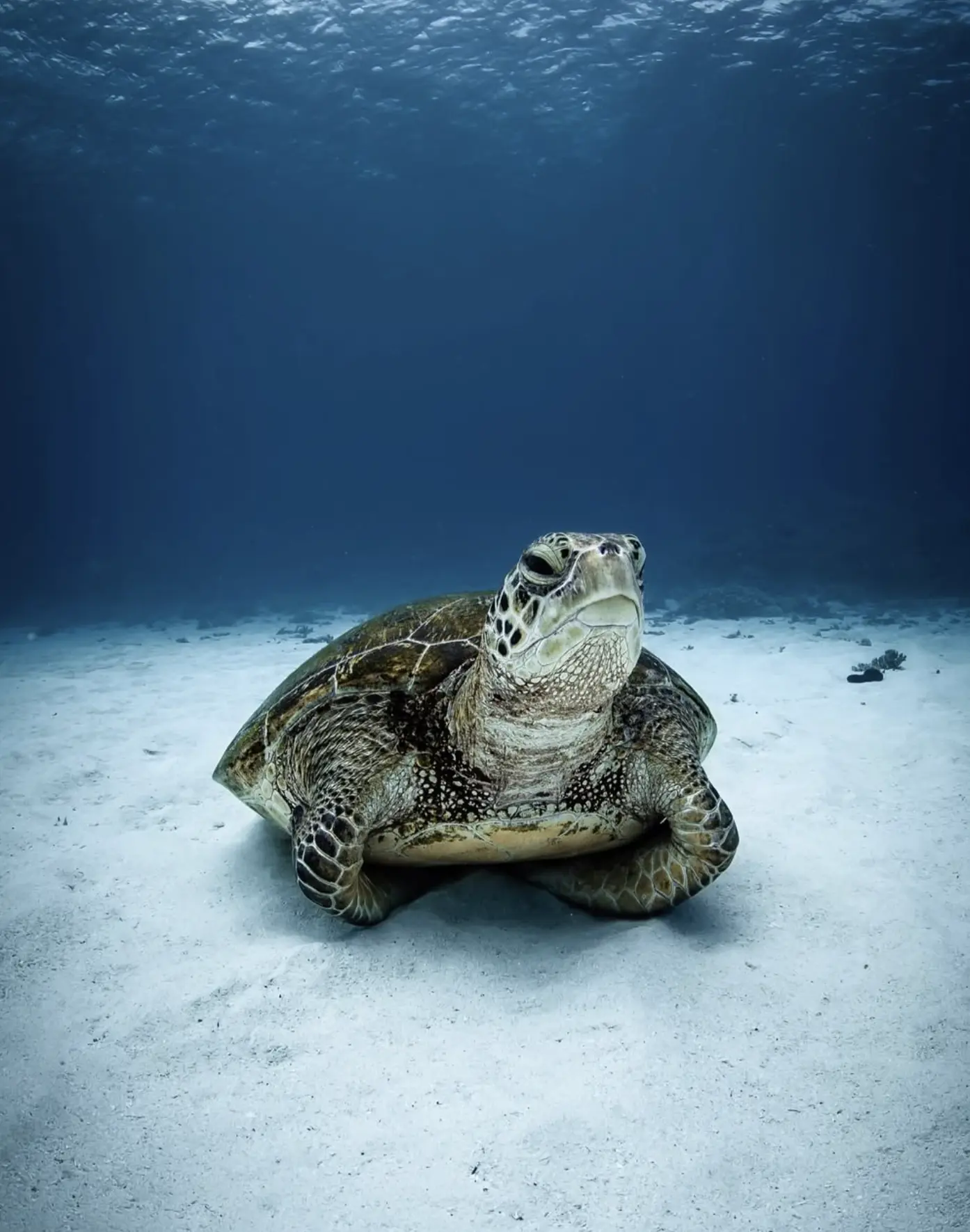
Shipwrecks, Stories and Saltwater History
We’ve all heard about Captain James Cook and the Endeavour pranging itself on the reef in 1770. But did you know there’s an entire sunken ship, the SS Yongala, that now serves as a thriving artificial reef?
Divers love it for the schools of fish, bull sharks, manta rays, and swirling ocean life it attracts. Just another example of the reef transforming ruin into wonder.
More Than 2,900 Individual Reefs
The “Great Barrier Reef” isn’t one big chunk — it’s a patchwork of thousands of smaller reefs.
- 2,900+ reef systems and 900+ islands
- Includes cays, lagoons, coral atolls, and ribbon reefs
- Spread across five major reef regions — Southern, Central, Northern, Far Northern, and Inshore
Every one of these areas has its own quirks, wildlife, and diving character. The Ribbon Reefs off Cooktown? Pristine and remote. The Whitsundays? Swimmable and swanky.
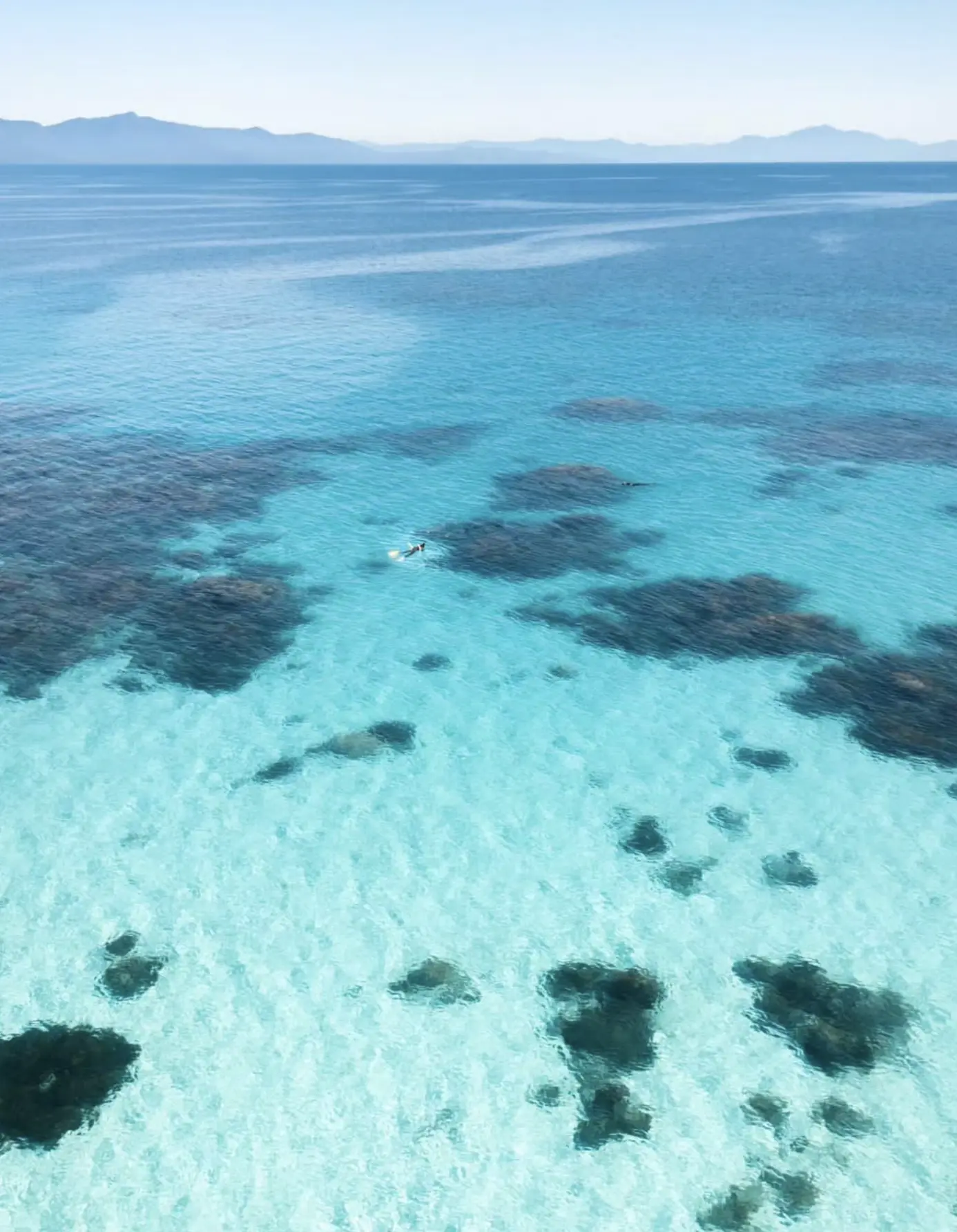
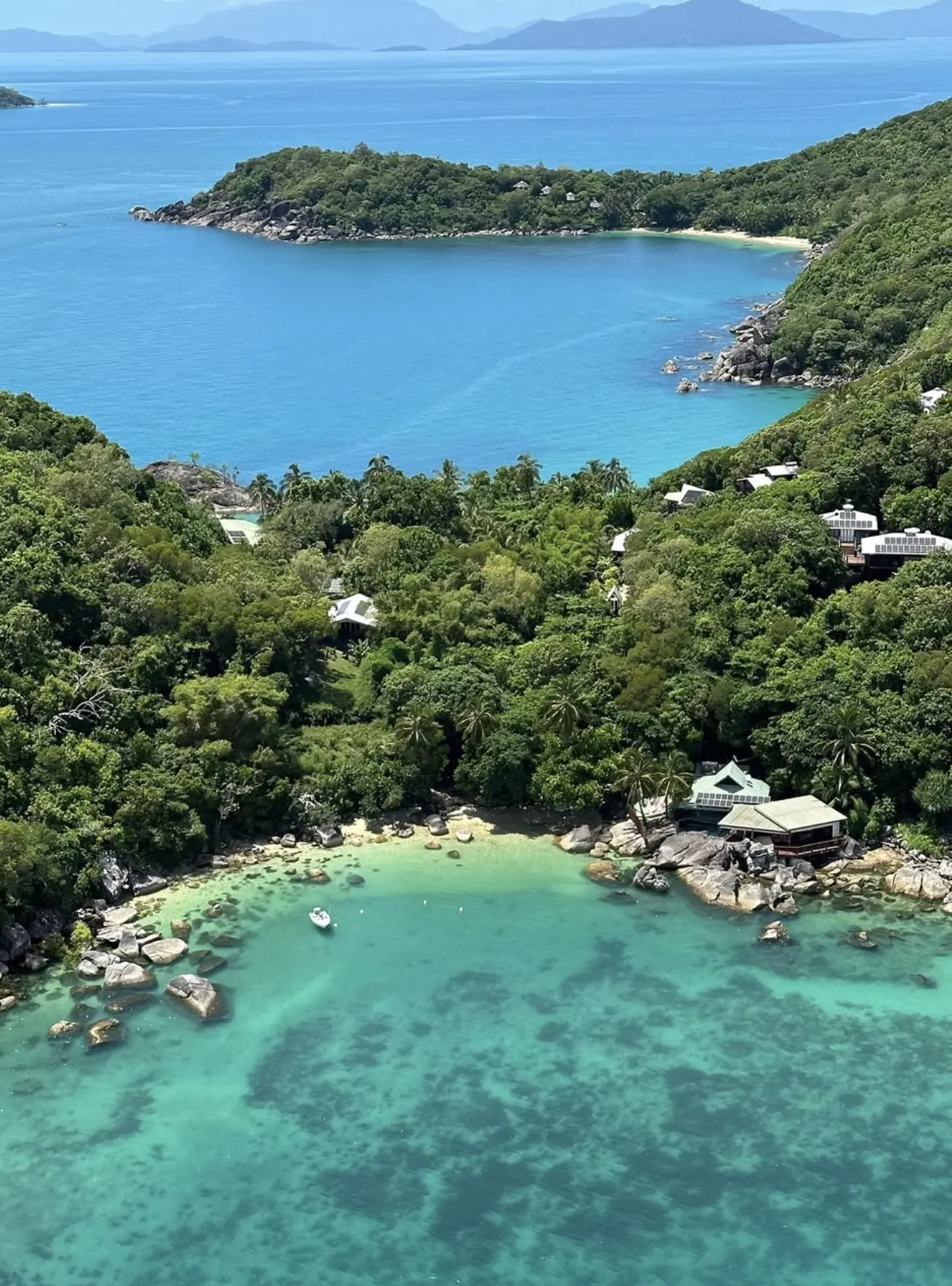
No Boat? No Worries
You don’t need to hop on a liveaboard or clutch a seasickness bag to experience this reef. There are coral cays and fringing reefs you can walk, wade, or snorkel straight off.
Try these:
- Green Island and Fitzroy Island near Cairns
- Heron Island and Lady Elliot Island in the Southern Great Barrier Reef
- Low Isles are just 15 minutes offshore from Port Douglas
Some places offer guided snorkel tours, glass-bottom boat rides, and even scuba dive certification for absolute beginners. Just pack your stinger suit if it’s wet season — no one wants to meet an Irukandji jellyfish without one.
Don’t Just Visit — Respect It
The Great Barrier Reef isn’t just a photo op or a dive spot — it’s one of the most complex, threatened, and precious marine ecosystems on Earth. It’s a place where science, story, salt, and spirituality collide.
So when you go, go with a purpose. Swim with care. Learn from locals. And maybe swap that plastic snorkel set for a reef-safe one next time.
Got a reef yarn, dive tip, or coral curiosity to share? Drop it in the comments — I’m always up for a yarn about our greatest national treasure.
